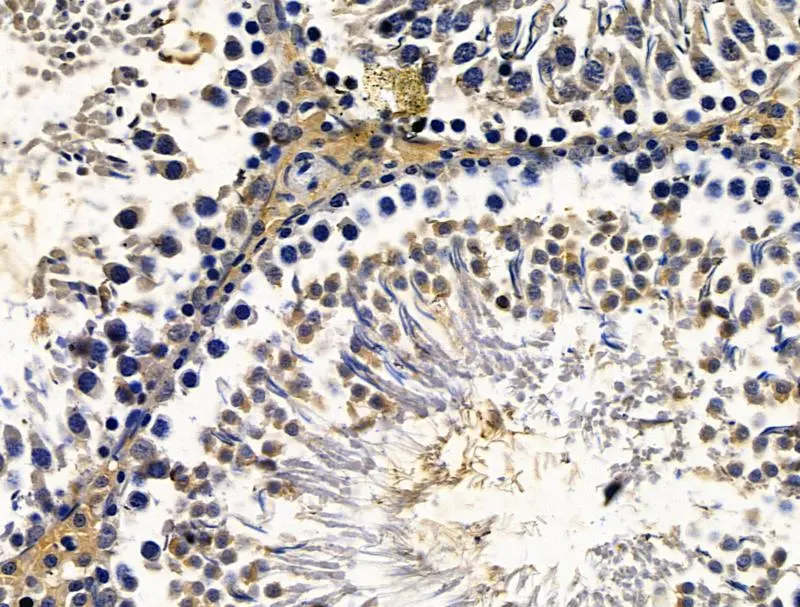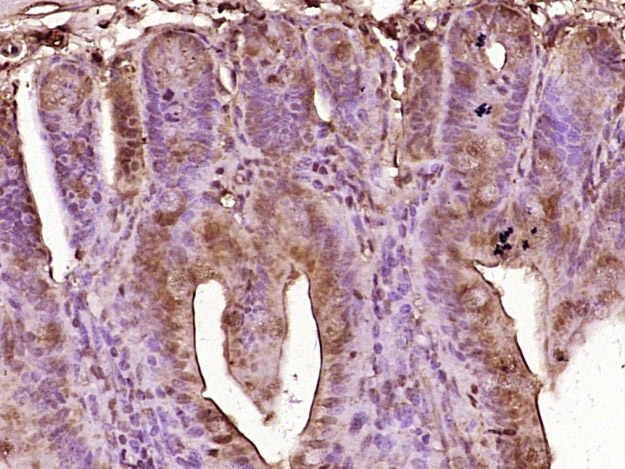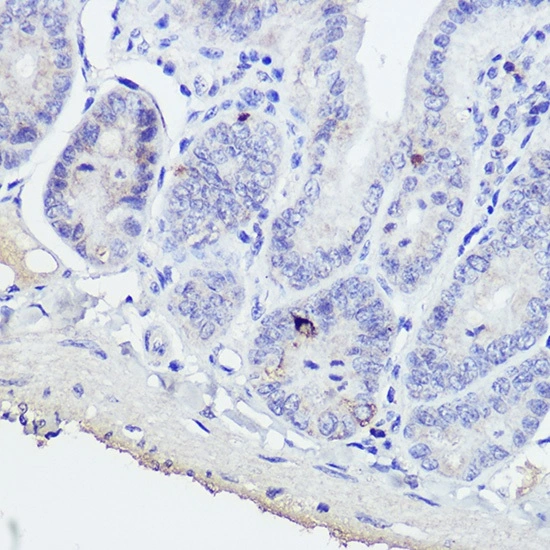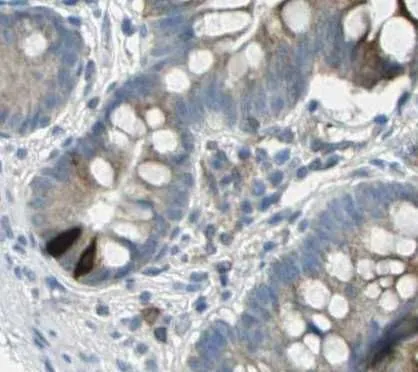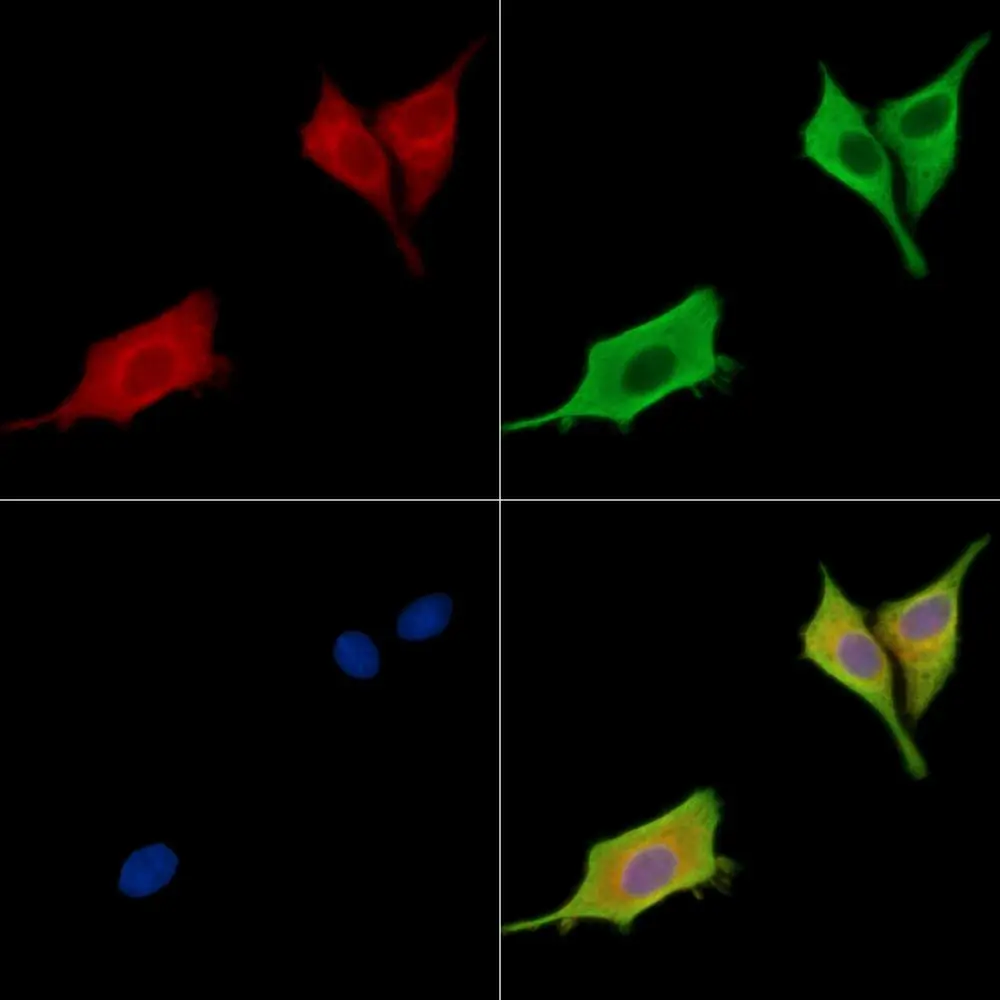
ICC/IF analysis of PFA-fixed HepG2 cells using GIP antibody. Red : Primary antibody Green : beta Tubulin Blue : DAPI Permeabilization : 0.1% Triton X-100
GIP antibody
GTX04612
ApplicationsImmunoFluorescence, Western Blot, ImmunoCytoChemistry, ImmunoHistoChemistry, ImmunoHistoChemistry Paraffin
Product group Antibodies
ReactivityHuman, Rat
TargetGIP
Overview
- SupplierGeneTex
- Product NameGIP antibody
- Delivery Days Customer9
- Application Supplier NoteWB: 1:500-1:2000. ICC/IF: 1:100-1:500. IHC-P: 1:50-1:200. *Optimal dilutions/concentrations should be determined by the researcher.Not tested in other applications.
- ApplicationsImmunoFluorescence, Western Blot, ImmunoCytoChemistry, ImmunoHistoChemistry, ImmunoHistoChemistry Paraffin
- CertificationResearch Use Only
- ClonalityPolyclonal
- Concentration1 mg/ml
- ConjugateUnconjugated
- Gene ID2695
- Target nameGIP
- Target descriptiongastric inhibitory polypeptide
- Target synonymsgastric inhibitory polypeptide, glucose-dependent insulinotropic polypeptide, incretin hormone
- HostRabbit
- IsotypeIgG
- Protein IDP09681
- Protein NameGastric inhibitory polypeptide
- Scientific DescriptionThis gene encodes an incretin hormone and belongs to the glucagon superfamily. The encoded protein is important in maintaining glucose homeostasis as it is a potent stimulator of insulin secretion from pancreatic beta-cells following food ingestion and nutrient absorption. This gene stimulates insulin secretion via its G protein-coupled receptor activation of adenylyl cyclase and other signal transduction pathways. It is a relatively poor inhibitor of gastric acid secretion. [provided by RefSeq, Jul 2008]
- ReactivityHuman, Rat
- Storage Instruction-20°C or -80°C,2°C to 8°C
- UNSPSC12352203

